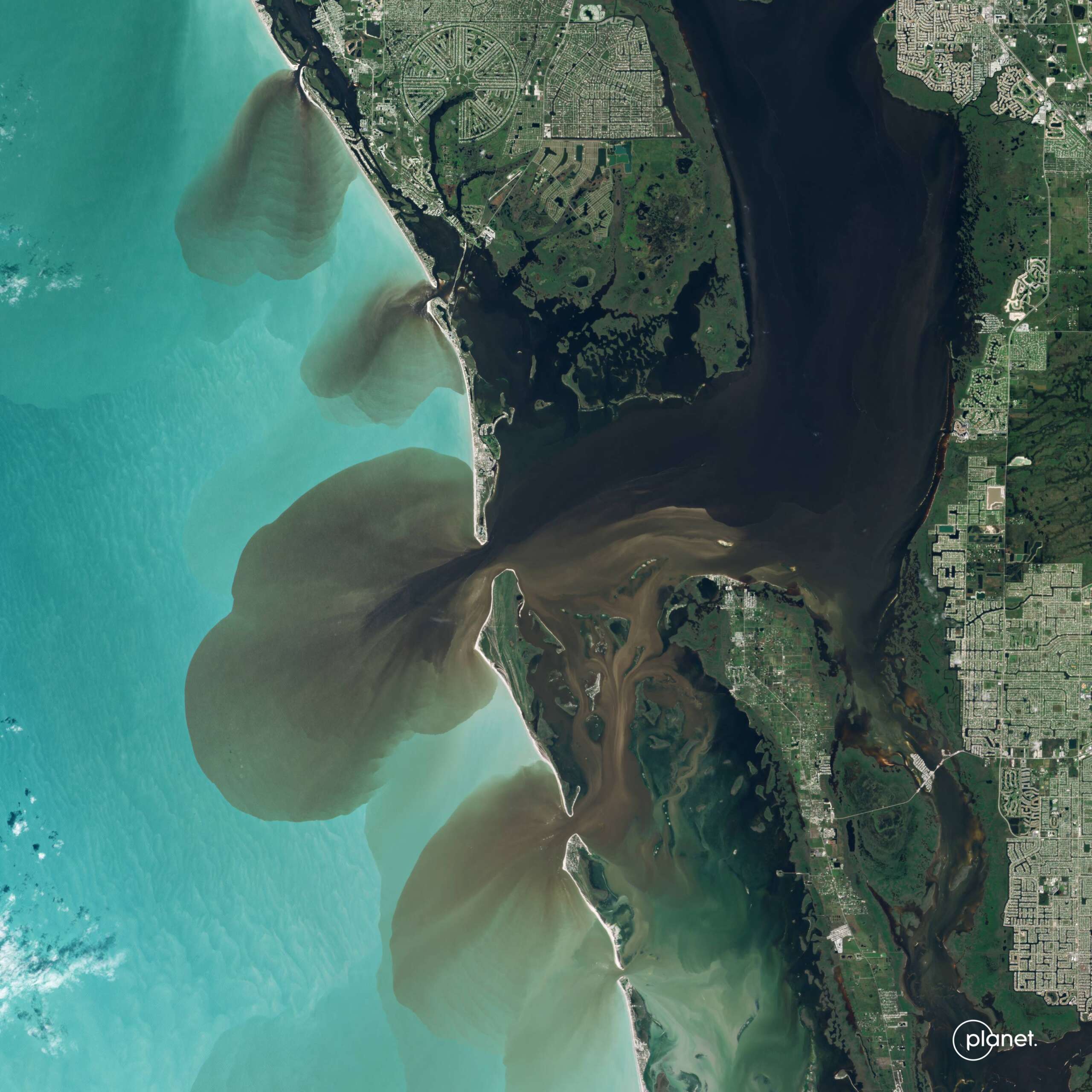Insight by Planet
Full pictures of the earth can help agencies see what they didn’t realize they were looking for
Planet uses its constellation of hundreds of small, low-cost satellites to take daily images of the entire earth allowing for a new perspective on defense strat...
This content is sponsored by Planet.
Early this year, Americans were surprised to find a relatively low-tech aircraft had made its way across the entirety of North America before it was detected as Chinese spy balloon.
The incident caught everyone off-guard, including the Defense Department, and many questioned how something so simple could have made its way across the Pacific Ocean to finally be shot down of the North Carolina coast.
But what if the United States could look at images of the whole world to trace the flight of the balloon? It could find out important geographic data on its path and just how it made the journey of thousands of miles undetected.

“With our partners at Synthetaic, we tracked the balloon back across the United States into Canada, into Alaska, across the Pacific, and actually back to Hainan, China in the South China Sea where it launched,” said Kevin Weil, president of product and business at Planet. “We didn’t know to go search for a balloon, but you can go back in time and piece it together.”
Planet uses its constellation of hundreds of small, low-cost satellites to take daily images of the entire earth. With that system, the company is able to trace much more than balloons. With the right knowledge and sophisticated software that uses technologies like artificial intelligence, Planet can find where Russians are building bridges into Ukraine and look for evidence of war crimes right after they happen.
“The government has invested a lot and they have some incredible satellites and they have historically focused on zooming in on a particular place that they know they need to look,” Weil said. “We’re complementary. We have hundreds of satellites that can image the whole planet every day and detect change.”
Planet doesn’t just use its imaging for military purposes. The company pairs with agencies like NASA and the National Oceanic and Atmospheric Administration and makes its datasets available to federal researchers for work on biodiversity loss and climate change. Planet can harness AI technologies to find anomalies on the earth’s surface.
“We see now, globally, there’s almost two peer reviewed papers using Planet data each day,” Weil said.
Planet uses two different constellation systems right now, PlanetScope and SkySat.
PlanetScope is comprised of about 200 satellites and captures daily, global images of our changing Earth, while SkySat is a set of higher resolution satellites that are able to zoom in to more precise locations.
Planet is now in the process of moving to its next iteration of satellites that will increase its capabilities.
The first of the Pelican satellites are expected to launch this year.
“Pelicans are an upgrade to the SkySat,” Weil said. “They’ll be 30 centimeter rather than 50 centimeter resolution. We expect to have more of them, so that means that at any given place that you want to image will be able to get there faster. You can also image it more times in a given day, up to 30 times in some latitudes.”
 Weil said the Pelican satellites could help in working with agencies like FEMA to hone in on disaster areas to survey damage in detail.
Weil said the Pelican satellites could help in working with agencies like FEMA to hone in on disaster areas to survey damage in detail.
A second system of next-generation satellites Planet will launch, named Tanager, are focused on hyperspectral imaging.
“It effectively lets you fingerprint individual molecules,” Weil said. “The initial applications that are driving it are for understanding carbon and methane, instead of capturing things visually, it’s basically capturing chemical signatures.”
Weil said government agencies will be able to use those chemical signatures to trace climate changes, find leaks in pipes or even use them for military applications.
“It’s good at camouflage detection,” he said. “If you’ve tried to camouflage yourself with some tarp or something that looks like vegetation, it probably looks like vegetation visually. However, chemically it doesn’t because it’s not vegetation, it’s a tarp. And so, the satellites will be able to see that really well.”
Copyright © 2024 Federal News Network. All rights reserved. This website is not intended for users located within the European Economic Area.


